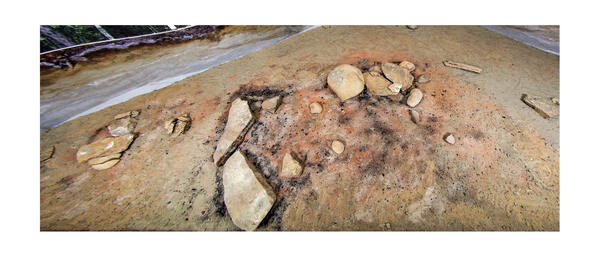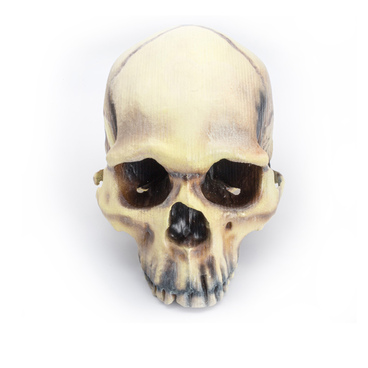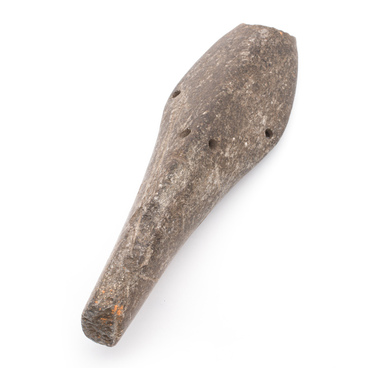Scientists discovered the Paleolithic dwelling in 2015 at the Kovrizhka IV Site, which was located on the Lower Vitim River. Archaeologists had already found a similar dwelling nearby. The second find with all the artifacts was moved to the Regional Museum of Local History.
Archaeologist Alexey Tetenkin, the head of the excavations, suggested that people came to this site in winter. The type of stones that were used by residents for household needs prove his theory. Due to the layer of snow, they could not collect pebbles on the river bank and were forced to use vein quartz, which was extracted nearby.
Firstly, the people who arrived there disseminated ochre (the red mineral called hematite, which was previously crushed up) around the entire area. Scientists have not determined the exact meaning of this ritual, but presumably it was a magical rite. After that, they lit a fire at the site, and disseminated burning charcoal all over — most likely to warm up the earth.
Then the early humans built the cone-shaped dwelling about five meters high. There were eight stone slabs and one round boulder, which were laid out in the center — this was the fireplace. The dwelling was heated, the food was cooked and heated up in this fireplace. The dwelling was outlined with long flat stones.
On the inside, the dwelling was divided into zones, and each zone had its own purpose. Tools were stored and hides were treated on the left and right, at the northern and southern sides. There, archaeologists found small pits with a diameter of about 20 cm used to insert tools — for example, scrapers for treating hides, as well as wedge-shaped tools for breaking and separating bones. The bones were also found in the right southern part — perhaps there was a kitchen area.
Radiocarbon dating method was used to determine the age of the site. It is approximately 19 thousand years old. Although the structure was very complex, Alexey Tetenkin suggested that the early humans would only stay there for a short period of time. Now scientists continue to explore the site: the charcoals, the stones and other household items. The main question, which remains, is what types of trees were used for the fire, what the temperature of the heated stones was and what the function of stone tools, which were found in the dwelling, was.
Archaeologist Alexey Tetenkin, the head of the excavations, suggested that people came to this site in winter. The type of stones that were used by residents for household needs prove his theory. Due to the layer of snow, they could not collect pebbles on the river bank and were forced to use vein quartz, which was extracted nearby.
Firstly, the people who arrived there disseminated ochre (the red mineral called hematite, which was previously crushed up) around the entire area. Scientists have not determined the exact meaning of this ritual, but presumably it was a magical rite. After that, they lit a fire at the site, and disseminated burning charcoal all over — most likely to warm up the earth.
Then the early humans built the cone-shaped dwelling about five meters high. There were eight stone slabs and one round boulder, which were laid out in the center — this was the fireplace. The dwelling was heated, the food was cooked and heated up in this fireplace. The dwelling was outlined with long flat stones.
On the inside, the dwelling was divided into zones, and each zone had its own purpose. Tools were stored and hides were treated on the left and right, at the northern and southern sides. There, archaeologists found small pits with a diameter of about 20 cm used to insert tools — for example, scrapers for treating hides, as well as wedge-shaped tools for breaking and separating bones. The bones were also found in the right southern part — perhaps there was a kitchen area.
Radiocarbon dating method was used to determine the age of the site. It is approximately 19 thousand years old. Although the structure was very complex, Alexey Tetenkin suggested that the early humans would only stay there for a short period of time. Now scientists continue to explore the site: the charcoals, the stones and other household items. The main question, which remains, is what types of trees were used for the fire, what the temperature of the heated stones was and what the function of stone tools, which were found in the dwelling, was.



